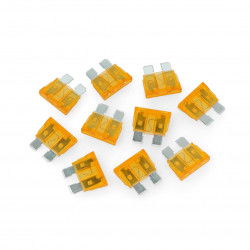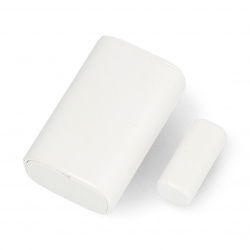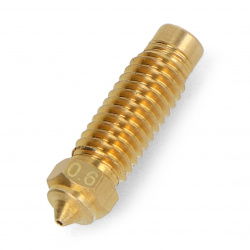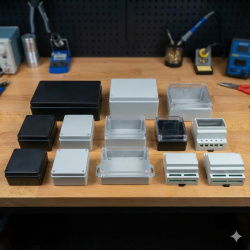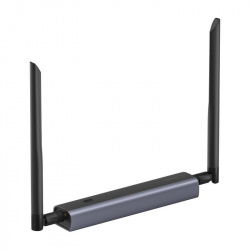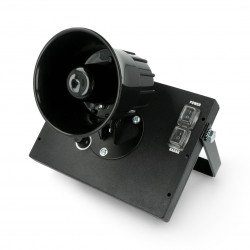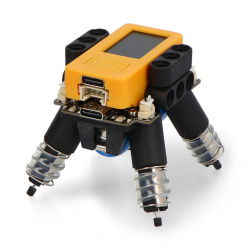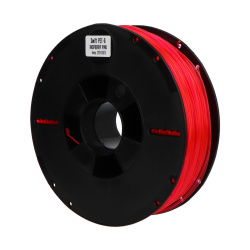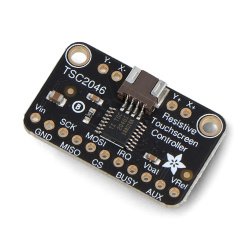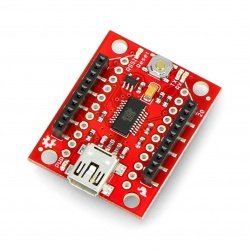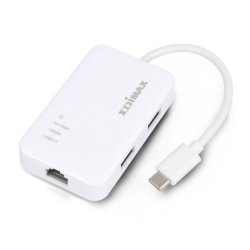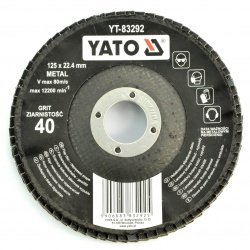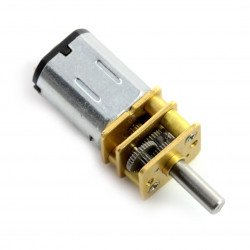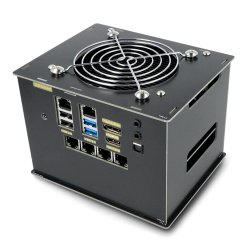Heating tables are responsible for heating the platform to the appropriate operating temperature. They are made of materials that ensure effective heat conduction. It is a modular, i.e. replaceable element that you can use in your 3D printer, thanks to which you will gain unwavering control over the print cooling process.
Hot beds
Heating bed for Elegoo Neptune 4 Plus 3D printers
The original heating bed for Elegoo Neptune 4 Plus 3D printers , ensuring even surface heating and better print adhesion . Perfect for users looking for a reliable and...Heating bed for Elegoo Neptune 4 Max 3D printers
The original heating bed for Elegoo Neptune 4 Max 3D printers ensures even heating of the build surface and better print adhesion . Its proper operation plays a crucial...Heating bed for Elegoo Neptune 4 3D printers
The original heating bed for Elegoo Neptune 4 3D printers , ensuring even surface heating and better print adhesion . Perfect for users looking for a reliable and...Hotbed for Creality CR-M4 3D printer
Original heating table for the Creality CR-M4 printer. It is made of high-quality aluminum . The dimensions of the product are 470 x 470 mm . The set does not include a...- Discontinued product
- SPECIAL OFFERS
See also
- Sensors for 3D printers
- Thermistors for 3D printers
- Heaters for 3D printers
- Cables for 3D printers
- Fans for 3D printers
- Stepper motors for 3D printers
- Hotends and heating blocks
- Extruders
- Displays for 3D printers
- Motherboards for 3D printers
- Work table overlays and stickers
- Power supplies for 3D printers
- FEP foils
- Parts kits
- Pneumatic connectors and PTFE tubes
- StepStick - stepper motor controllers
- Other elements
Heating table and adhesion in 3D printing
Hotbed in a 3D printer (less often: heatbed) is a guarantee of better adhesion of the material. The heat on the platform prevents the filament from cooling down too quickly. The model will have better quality, grip and form. An issue closely related to adhesion is resistance to warping. When the adhesion on the printed material is not as good as we would like, the corners of the model tend to peel off. This results in filament curling (warping). Heated work tables for 3D printers provide a constant temperature over the entire surface, so there is no risk of warping and curling of the filament.
Tear off 3D print - convenience and practicality
Having a hotbed helps to detach the print from the surface cleanly and quickly. After the build plate has cooled down, the lowest layer becomes more rigid and detaches from the platform more easily. All this makes it much easier to tear the prints off the bed. The fact of heat dissipation gives even better results if we work with a 3D printer enclosed in a housing. A great example here are demanding ABS filaments - a good idea is to use a housing that will maintain a high (and constant) air temperature around the 3D printer, and then the room temperature will not have too much impact on the prints.
Hotbed heating tables for 3D printers at Botland
Our 3D printing accessories are proven solutions straight from the leading manufacturers recognized in the 3D printer industry. Precise technical specifications, durable materials, full compatibility and a wide range of additional modules will make 3D printing even more enjoyable. For hotbed table models, you can also count on assembly as simple as possible.






























































































































































































































































































































